Some of us either prefer alternative cuts of meat or don't have the money to splash out on prime cuts. Bavette steak is one of those inexpensive cuts, and when cooked properly, it rivals even the finest of prime beef cuts.
It can be cooked in many ways from frying in a skillet to barbecuing on the grill or sous vide to perfection. Cooked and sliced correctly it is a delicious tender and juicy steak served with classic steakhouse sides like creamed spinach and mashed potatoes.
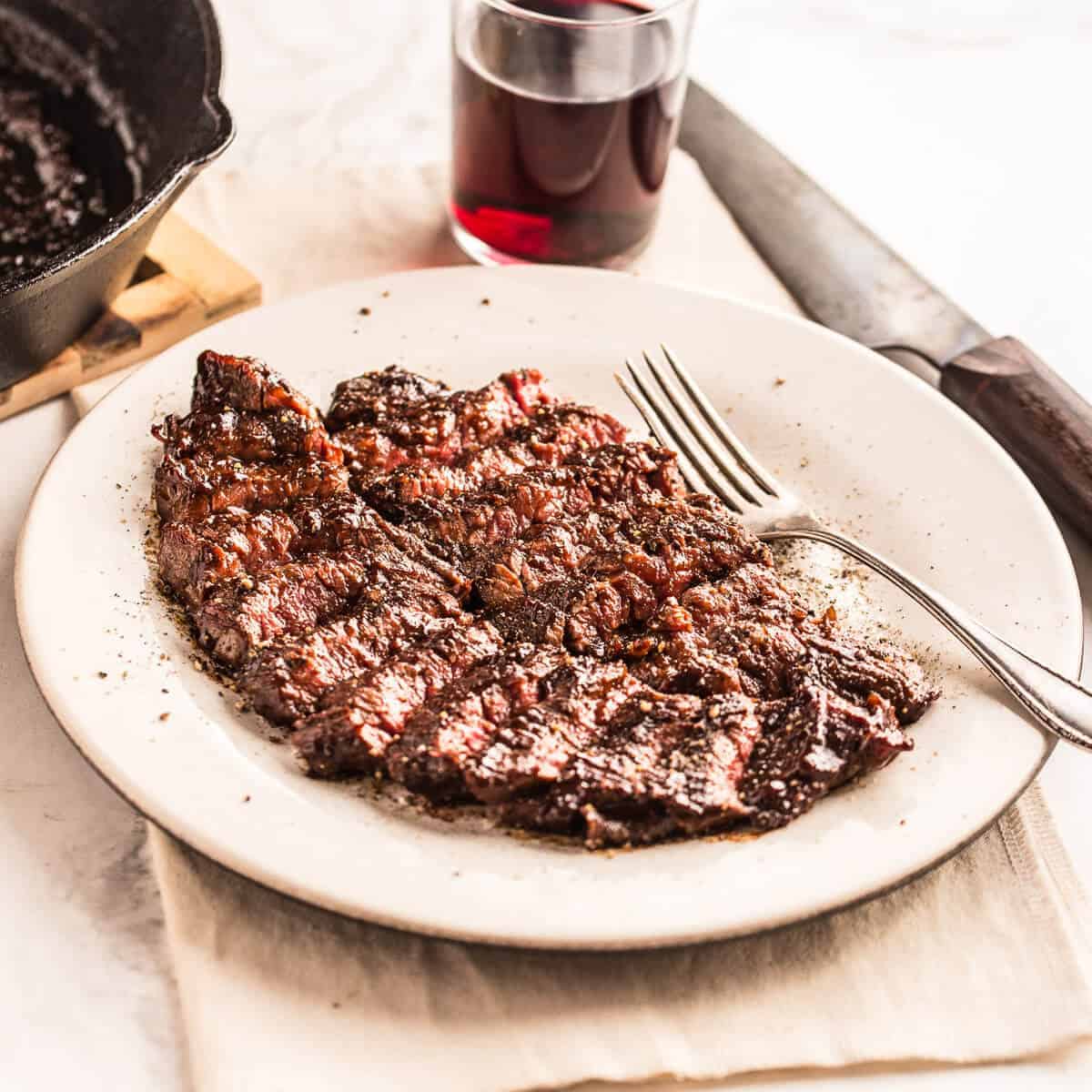
Jump to:
What is bavette?
Bavette come from the bottom sirloin of the steer, close to the flank.
It's a fibrous cut with long filament like muscles. It looks and tastes very similar to a flank or skirt. Although, it's a different cut altogether.
Many suppliers and stores will sell it as flank because it's so closely related and to the average eye pretty much the same.
The Thickness of the meat means that it cooks very quickly and care needs to be taken not to overcook it.
Because the meat has a fibrous loose texture it is very well suited to take on the flavour from barbecue sauce, chimichurri or salsa verde.
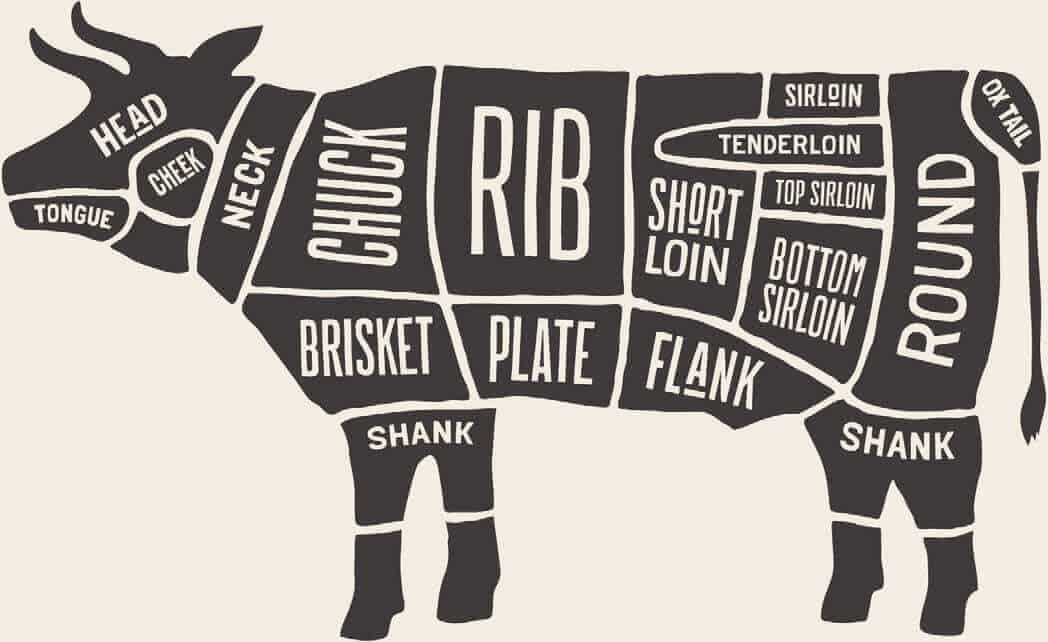
Where to buy it
You can find bavette in most large supermarkets like Costco or Walmart where it will most likely be sold as flank.
Because each steer only has a small amount of bavette it might go through trending periods where there is a shortage in supply.
Make sure to check the fat marbling.
When it's well-marbled, it will be tender, very juicy and have the best flavour. It will also be much more forgiving to cooking errors than lean steak.
Alternatively, you could ask your local butcher or friendly farmer to keep some bavette back for you. They might not want to give it though, as it's normally the butcher's own little treat.
Useful equipment
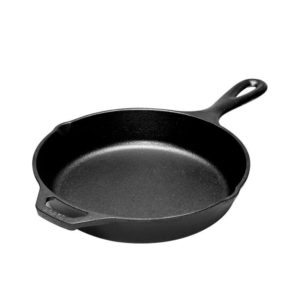
Cast Iron Skillet
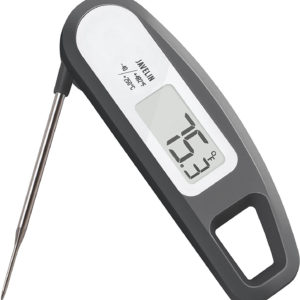
Temperature Probe

Gyuto Japanese Chefs Knife
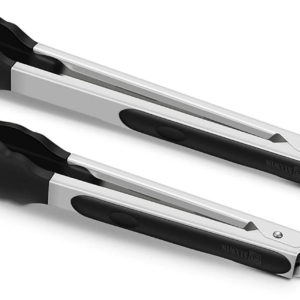
Tongs
Ingredients
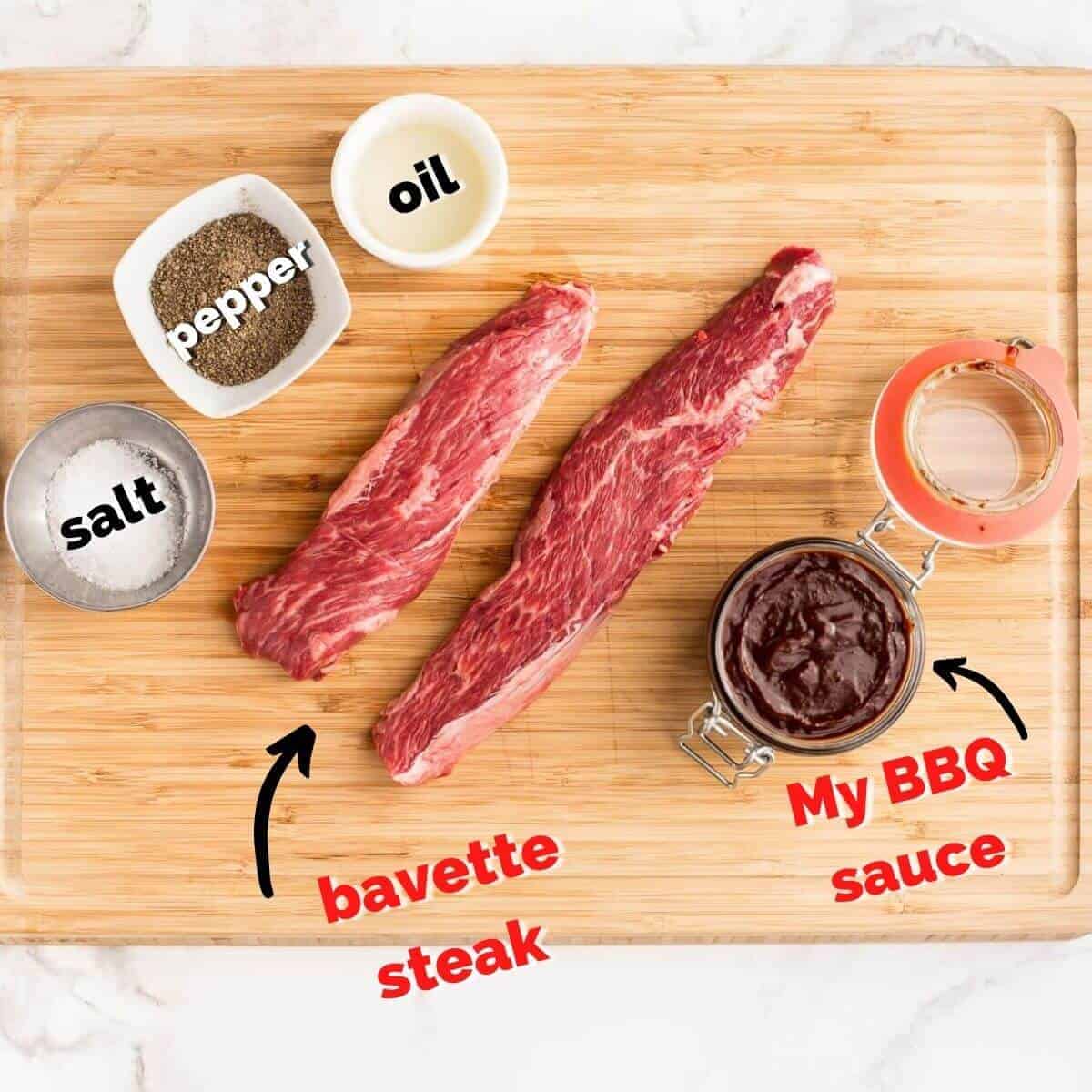
- Meat- Buy the best bavette you can afford. Grain-fed beef is more marbled than grass-fed and will be juicier and more tender.
- Seasoning - Natural salt and freshly cracked black pepper.
- Oil for frying - You can use lard or beef dripping too. Otherwise just a neutral smelling oil like canola or sunflower.
- BBQ sauce(optional) - My barbecue sauce recipe. It's the only bbq sauce you will ever want after you tried it. That's my honest opinion and would have been the same, had some other dude come up with it first. But, they didn't.
See recipe for quantities.
Preparing the meat
If you're lucky enough to have a pre-cut trimmed piece, there is nothing left to do but cook it.
If it's a large untrimmed piece of bavette, it's simple to trim up and cut into the correct shape.
- Remove any tough connective tissue and excessive fat.
- Cut the meat into wide strips(3 fingers wide at least) along the length of the meat fibres. You don't want a big flap of meat as it won't sear evenly.
- If you are using any marinades or dry rubs then add this and give the meat a good massage. Store in a plastic bag or food-safe container in the fridge overnight so that the flavours "penetrate" or stick better.
- Before you cook the meat make sure to dry it on a paper towel. Wet steak won't sear.
How to cook bavette in a skillet
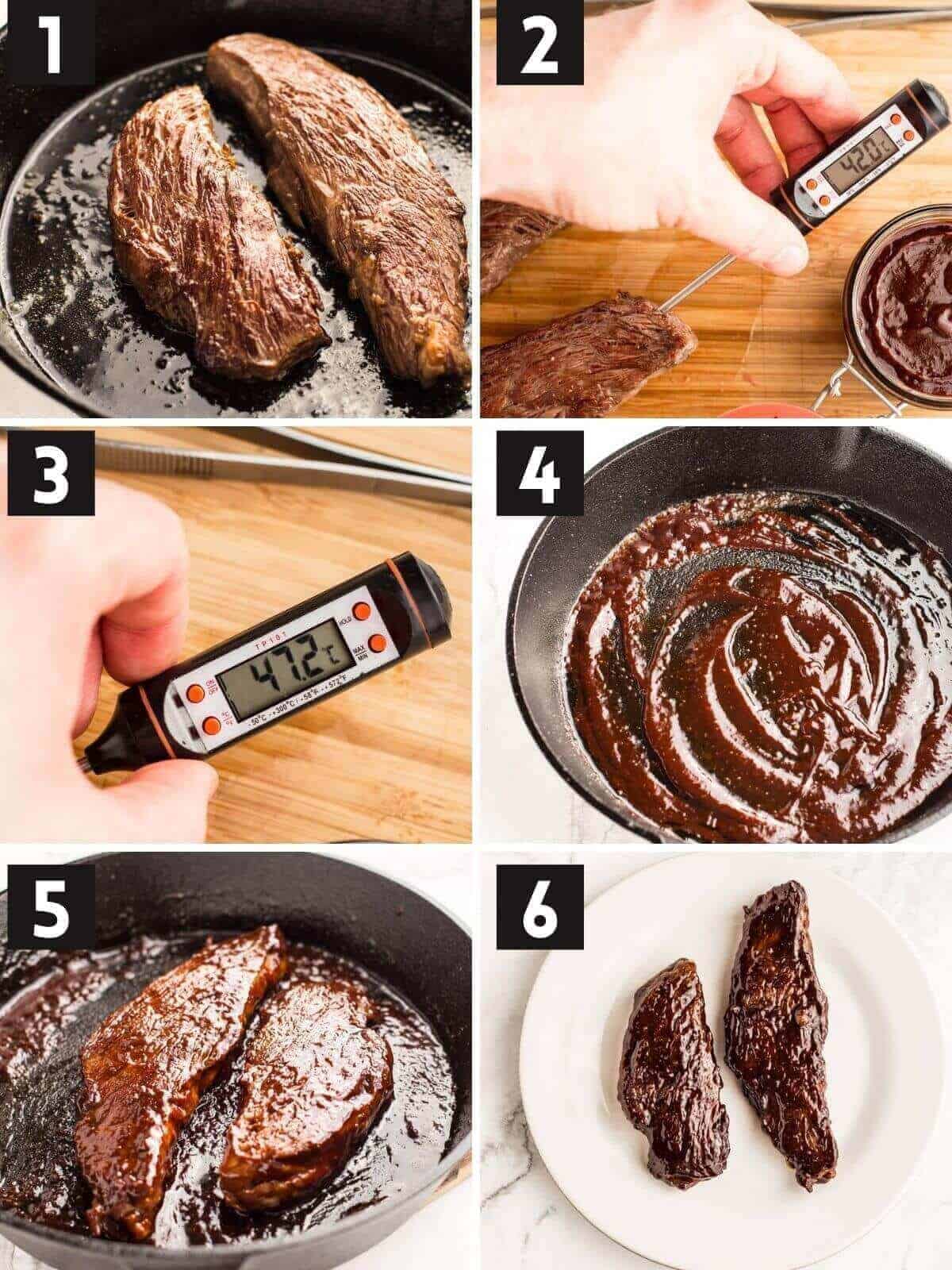
- Heat a cast-iron skillet, or, if you are doing this on the barbecue then get either of those ripping hot.
- Make sure the meat is not fridge-cold and patted dry with a paper towel. Moisture and ice-cold meat is the enemy of the perfect sear and doneness.
- Rub the steak with oil and season the side you are going to sear first. Only with salt. Pepper burns so we will add that later. Wack it into the hot pan or onto the grill if you're doing it on fire.
- Move the meat around in the pan to make sure there are no moisture spots and the caramelisation happens evenly and everywhere. This should take about 2 minutes.
- Once that's done, flip it, seasoning the unseasoned part and fry until you get good caramelisation. Depending on the thickness of your steak, sear the sides too and make sure you are doing this in a very hot pan. Cold pans or coals won't get the caramelisation going and you will just end up boiling it. Tears will follow and in extreme situations, you might even blame me. So let's avoid all that and do it right.
- Measure the internal temperature of the steak as you cook it and make sure that it does not exceed 45°C or 113°F. I cook mine to 42°C or 107°F because I like it rare. 45°C or 113°F will result in medium-rare.
- Once you hit that temperature. Remove the bavette from the heat and let it rest on a wire rack or a plate flipping every 30 seconds to make sure it rests evenly too. The internal temperature will still rise by about 5 degrees and settle.
- If you are making this without the bbq sauce then you are ready to slice thinly across the grain, season with a bit more salt and freshly cracked black pepper.
- Otherwise, get the pan back on the stove or get your grill brush ready. Put 2 tablespoons of barbecue sauce in the pan and bring it to a simmer. Add the steak back into the pan with the sauce and make sure it's all covered with sauce. Take the pan off the heat, remove your bavette and slice thinly across the grain. Season to taste. If you are doing this on the barbecue then brush the meat with bbq sauce and carefully and quickly grill it on all sides for about a minute, and you're done.
Video
This is how you cook any steak in a skillet to perfection.
How to cook Sous vide
- Set your water bath to 45 °C or 113 °F.
- Seal the bavette in a vacuum bag with a touch of neutral oil. Do not season it yet.
- Cook sous vide for 20 minutes and let the steak rest at room temperature in the bag.
- While it's resting, heat a skillet or grill.
- Remove the steak from the bag and pat it dry on a paper towel.
- Season the steak on the side that will hit the pan first.
- Sear quickly on one side, then repeat the seasoning and searing on the other side.
- Remove from the skillet or grill and let it rest for another 3 minutes.
- Slice the bavette thinly across the grain and serve immediately.
How to Grill
- Heat your grill until it's very hot.
- Pat the steak dry on a paper towel.
- Brush the bavette with a bit of neutral oil and season the side hitting the grill first.
- Flip and turn often to make sure you don't get burnt grill marks. Grill marks are a sign of bad technique. You want a steak with a deep brown caramelised even crust. Remember to oil and season on the side hitting the grill next.
- Continue flipping and turning until your steak has an internal temperature of 45 °C or 113 °F.
- Remove from the grill and lets the bavette rest for 5 minutes before thinly slicing across the grain and serving.
Tips for success
- Buy top quality beef from a reputable supplier.
- Marbled beef will be juicer, more tender and have more flavour than lean beef.
- Always let your steak come up to room temperature and pat it dry before searing.
- Make sure your skillet or grill is very hot before searing.
- Use a temperature probe to easily judge when it's cooked.
- Let the steak rest before slicing.
- Slice across the grain of the meat when serving.
Popular sauces with steak
- Chimichurri - An obvious choice for ribeye, but amazing with alternative cuts like bavette.
- Salsa verde - Another green beast but this time with some, mustard, anchovies, mint, basil and parsley.
- Tapenade - Made with black olives, anchovies, olive oil and capers originally. Mine leaves out the capers.
- Garlic compound butter - Classic compound butter.
Best sides for steak
- Silky smooth mashed potatoes
- Steakhouse style creamed spinach
- Classic Caesar salad
- Authentic Greek salad
- Moroccan zaalouk
Related recipes
This site contains affiliate links. I may earn a tiny commission on qualifying purchases at no extra cost to you. By bookmarking these links you help support the upkeep of this site.
If you found this post helpful or have learned something, comment, subscribe, and follow me on social platforms for more tasty recipes.
Recipe
Bavette Steak
Ingredients
- 400 g (⅞ lb) bavette steak
- oil for frying
- salt and pepper to taste
- 30 g (2 tablespoon) chocolate bbq sauce - optional
Instructions
- Heat a cast-iron skillet, or, if you are doing this on the barbecue make it ripping hot.
- Make sure your steak is not fridge-cold, around 15C is good and patted dry with a paper towel. Moisture and ice-cold steak is the enemy of the perfect sear and doneness.
- Rub the steak with oil and season the side you are going to sear first. Only with salt. Pepper burns so we will add that later. Wack it into the hot pan a or onto the grill if you're doing it on fire.
- Move the steak around just a bit in the pan to make sure there are no moisture spots and the caramelisation happens evenly and everywhere. This should take about 2 minutes.
- Once that's done, flip it, seasoning the unseasoned part and repeat the little moving about business until you got good caramelisation. Depending on the thickness of your steak sear the sides too and make sure you are doing this in a ripping hot pan. Cold pans or coals won't get the caramelisation going and you will just end up boiling the steak. Tears will follow and in extreme situations, you might even blame me. So let's avoid all that and do it right.
- Measure the internal temperature of the steak as you cook it and make sure that it does not exceed 45°C(113°F). I only go to 42°C(107°F) but there are a few degrees room for error.
- Once you hit that temperature. Remove the bavette from the heat and let it rest on a wire rack or a plate flipping every 30 seconds to make sure it rests evenly too. The internal temperature will still rise by about 5 degrees and settle during this period. That's what we want.
- If you are making a virgin steak without the bbq sauce then you are ready to slice thinly against the grain, season with a bit more salt and freshly cracked black pepper.
- Otherwise, get the pan back on the stove or get your grill brush ready. Because it's barbecue sauce time! Put 2 tablespoons of barbecue sauce in the pan and bring it to a simmer. Add the steaks back into the pan with the sauce and make sure it's all covered with sauce. Take the pan off the heat, remove your steak and slice thinly against the grain. If you are doing this on the barbecue then brush the steak with bbq sauce and carefully and quickly grill it on al sides for about a minute, and you're done.
Notes
- I recommend you buy grain-fed well-aged bavette as grass-fed can be tougher to cook well.
- For best results always use a meat thermometer and follow my guidelines.
- Leftovers are not as good warmed up as fresh but makes great salads.
- It can be stored cooked in the fridge for up to 3 days or frozen for up to 3 months.
- Always remember to rest the steak before serving.

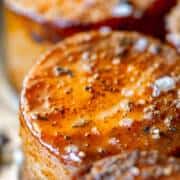
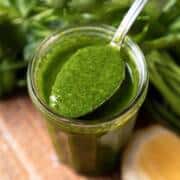

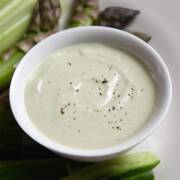
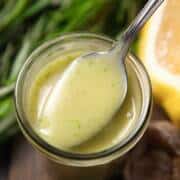
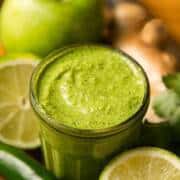

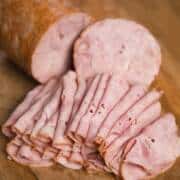
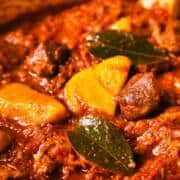
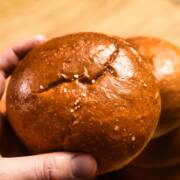
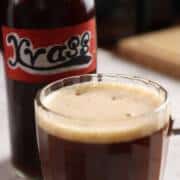
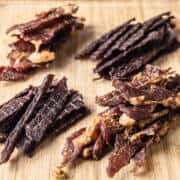
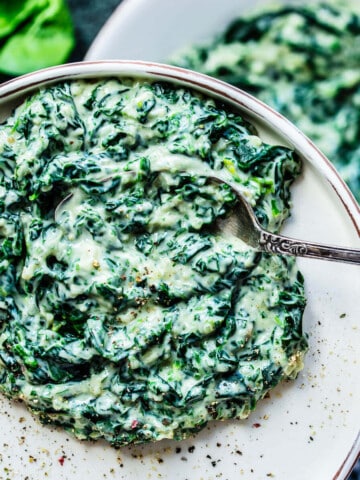
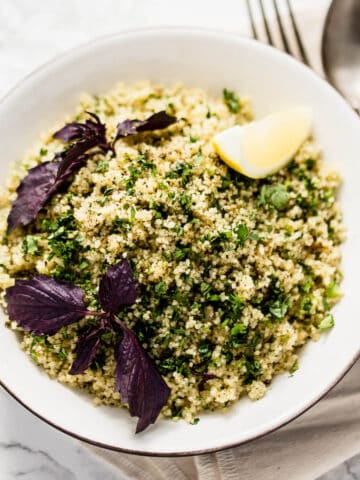
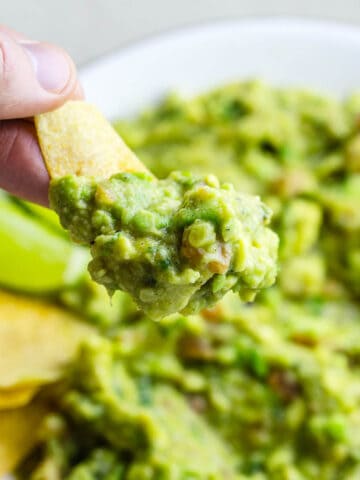
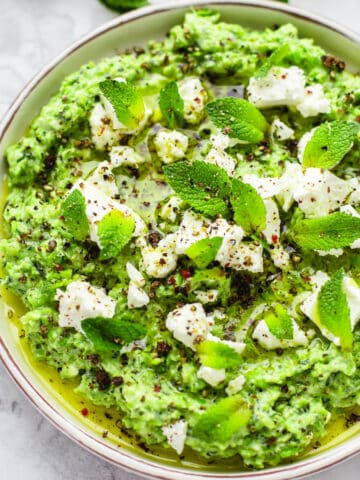
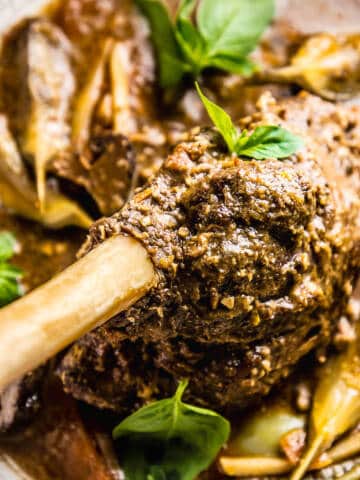


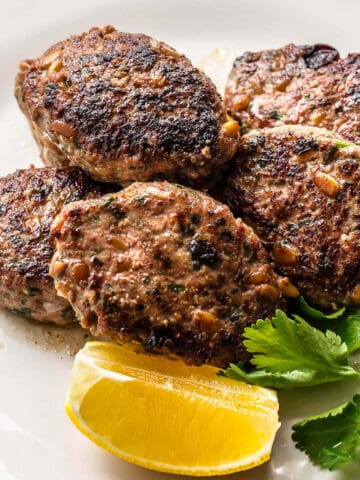
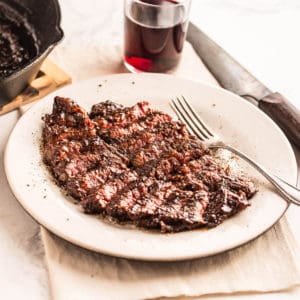
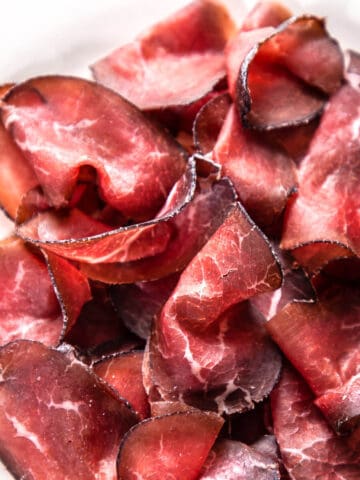

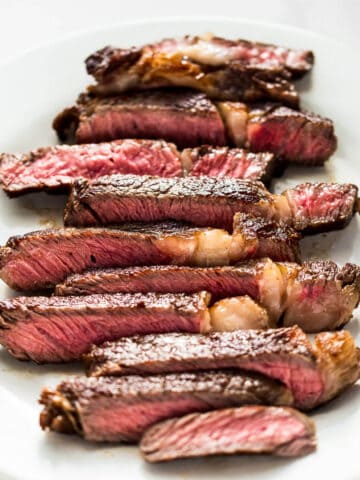
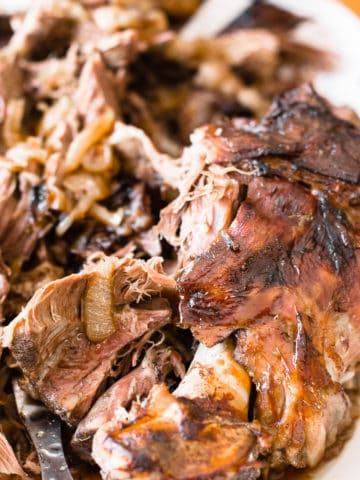
Comments
No Comments